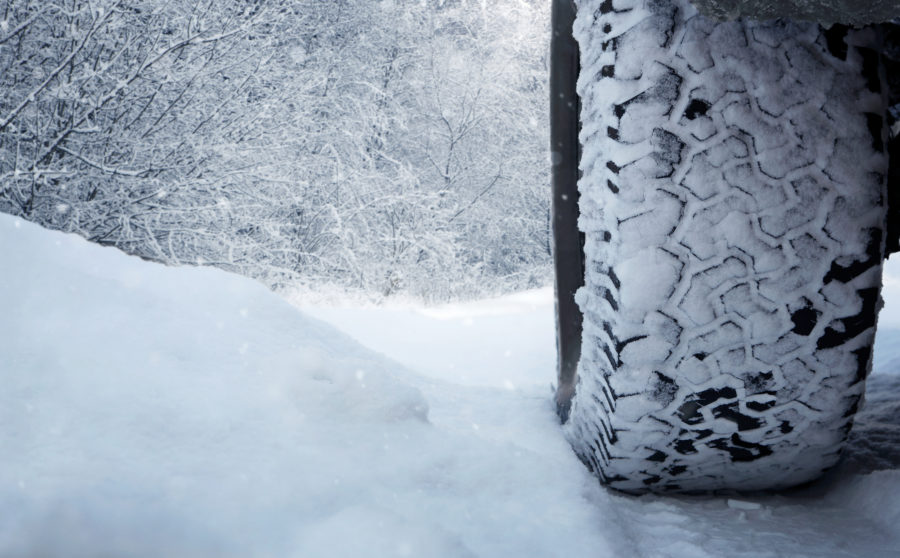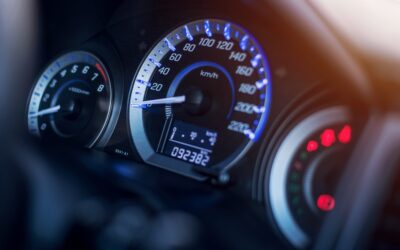With the combination of freezing temperatures, icy surfaces and low visibility, driving in snow can be treacherous if you don’t take care.

We’ve already listed the dos and don’ts of driving in snow. In this follow-up blog, we’ll provide an essential guide to everything you need to know about driving in a winter wonderland.
Driving In Snow – Plan Your Route
When the weather outside is frightful, unless you’ve some place to go (and unless you really need to get there), your best bet is to avoid travelling outright. But if your journey is absolutely unavoidable, take some time before you set out to plan your route.
Allow extra time for your journey. Aim to stick to main roads, as these are more likely to have been gritted, and they’re more likely to be well lit. If you have to take minor roads or country roads, try to find out in advance what type of snow you’ll be driving on. If it’s compacted and icy, you’ll have to take extra care, as it’s going to be especially slippery.
How Does Cold Weather Affect Your Car?
The cold weather will put an extra strain on your car battery, as you’ll be using certain systems a lot more. This can make starting your car a bit more difficult. So before you try and start your engine, turn off the most demanding electrical loads – your lights, your heating, and your wipers.
Use your ignition in short bursts of five seconds. And if your engine doesn’t start immediately, leave at least 30 seconds between attempts.
The last thing you want is a frozen and cracked engine, so you’ll need some antifreeze. A 50/50 mix of antifreeze and water will protect your engine in temperatures as low as -34°C. You may not need to change your antifreeze every year. Some varieties only need changing after two years. Your car’s service schedule will give you a good idea of how to proceed here.
Your car’s radiator and water pump are also liable to freeze. If your car overheats while you’re driving in snow, it likely means that your radiator has frozen. In this case, stop your car as soon as it’s safe to do so to avoid causing lasting damage. If you hear a squealing noise when you start up your car, it could indicate that your water pump’s frozen. In this case, you need to let it thaw. Unfortunately, unless you have access to a heated garage, this can take days.
What to Take In Your Car
The most important thing is to guarantee that you have enough fuel in your tank to get you to where you need to go. You don’t want to find yourself stranded alone, miles from anywhere. So whenever you drive in the snow, make sure you have a mobile phone with sufficient charge, and bring a charging pack just in case. Also make sure you have your breakdown recovery contact details to hand.
But no matter how well prepared your car is, other cars may break down ahead of you. In this case, you’ll be stranded just like everyone else.
So pack the following emergency kit whenever you drive in winter:
- Blankets or a sleeping bag, as your car’s heating won’t last forever
- A shovel
- De-icer and an ice scraper
- A torch with spare batteries
- Extra screen wash
- Cereal bars, crisps, or biscuits – you could be there a while!
Driving in Snow – Day and Night
Before every journey, make sure your windscreen is clean, inside and out. Remove any build-up of ice, and any snow that’s gathered on your car’s roof and bonnet. Also check that your lights are clean and in full working order. If conditions are particularly bad, you may have to get into the habit of cleaning them after every journey.
When driving in snow, visibility can be severely affected. Follow the same rules that you would when driving in fog: Use your full beam lights when visibility is less than 100 metres, but turn them off when you see other drivers approaching, so as not to dazzle them.
Driving in snow during the day presents its own unique risks. Sunlight reflecting off the snow can be dazzling, so wear your sunglasses and try not to stare at any illuminated snowdrifts.
Driving in Snow – Key Considerations to Keep You Safe and in Control
- Stopping distances can be up to 10 times longer on snow and ice, so take it easy
- Aim for long and gentle manoeuvres to avoid slipping
- To avoid wheel-spin when pulling away, do so in second gear while gently easing your foot off the clutch
- When using your brakes, apply them gently
- When driving uphill, keep a constant speed to avoid having to change gear
- When driving downhill, slow down before you reach the hill, use a low gear, and avoid braking wherever possible
What to Do if You Get Stuck While Driving in Snow
We mentioned earlier that you should pack a shovel for all of your winter journeys. This is where it’s going to come in handy.
Your first step is to use it to clear as much snow as you possibly can around your car. Though of course, you should only start shovelling if it’s safe to do so. If it’s dark, wear a high-vis jacket, keep your car’s lights on and use a safety triangle to alert other motorists.
Having cleared the area, straighten your steering wheel and clean as much snow as you can from your wheels. If you find you’re still stuck after all this, you can place something in front of your driving wheels to give you extra grip. A sack or an old rug will do the job.
Accidents Can Happen
Breakdowns are more common in cold weather. Unfortunately, so are accidents. When driving in snow, you’ll be able to drive with much more peace of mind if you have young driver car insurance to cover you in the event of an incident.


